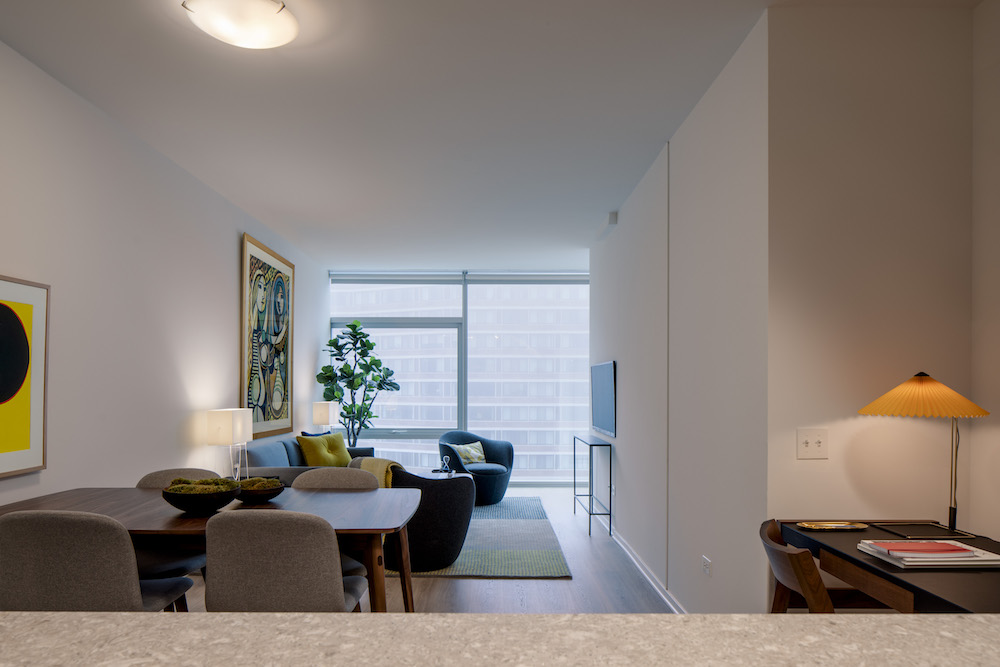Working from home is the new normal for millions of Americans. In the past, you may have occasionally worked from home — which typically involved balancing a laptop on your knee or creating some space on your kitchen countertop. But now that you’re working from home on a regular basis, neither the “knee thing” nor working next to your blender is a viable option.
However, creating an effective (and comfortable) work-from-home office space includes various components. Where should the office be? What should it include? How can you stay organized? What else do you need to know?
We rounded up a variety of interior designers, organizers and other experts, along with some of the coolest WFH items, to create the ultimate WFH office guide.
Selecting the Right Location
If you don’t already have a home office, your first dilemma is how to stop being a nomad in your own home. According to Susie Hayman, productivity consultant and owner of InYourBizness, and president of the National Association of Productivity and Organizing Professionals (NAPO), creating a permanent workspace is important. “Having a designated office space is key to being productive, as it reduces distractions, increases your ability to focus, and provides a clear delineation between personal/professional or work/play lives,” she says. “When I’m in my office, that’s when I work; when I’m in the kitchen, that’s when I eat/cook.”
However, if you don’t have the luxury of a separate space, your options are limited. “I always advise against setting up work in the bedroom,” Hayman says. “If need be, a specified area of a family/living space could be an alternate solution, or a corner or area of the living space would work, as long as it is comfortable.”
To give you some ideas, Lexington Homes and Optima Signature in Chicago provided the photos above as examples of how the niches in some of their apartments and townhouses are being used for dedicated office space.
Read the full feature at MultiBrief
Visit Optima Signature for more details

